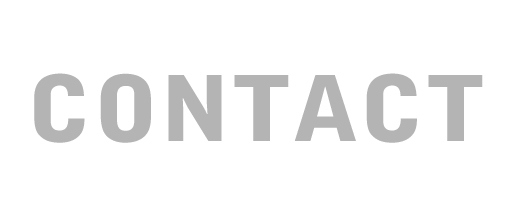Fatal error: Uncaught DivisionByZeroError: Division by zero in /home/markjacobs82/badjobbrewery.com/active/functions/computeresolution.php:9 Stack trace: #0 /home/markjacobs82/badjobbrewery.com/includes/galleryitemimages.php(2): computeResolution('0', '0', 500) #1 /home/markjacobs82/badjobbrewery.com/galleryitemshow.php(118): include('/home/markjacob...') #2 {main} thrown in /home/markjacobs82/badjobbrewery.com/active/functions/computeresolution.php on line 9






















